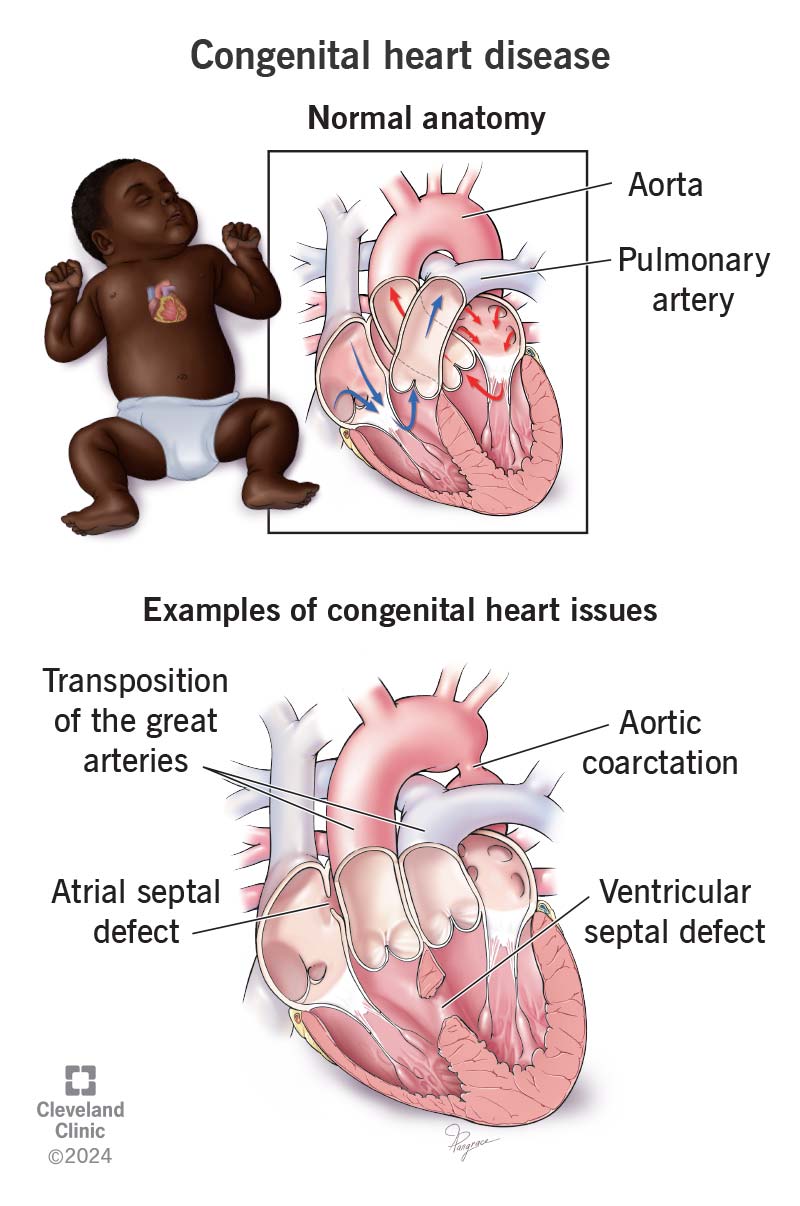A nurse is providing teaching about phenylketonuria (PKU) testing to the parent of a newborn. Which of the following statements by the parent indicates a need for additional teaching?
“My baby will be placed under special lights if the test result is positive.”
“This test checks for a genetic disorder that can be managed by diet.”
“Sometimes the test is repeated in the doctor’s office at the baby’s 2-week check-up.”
“My baby needs to be on formula or breast milk before the test can be done.”
The Correct Answer is A
Choice A Reason:
The statement “My baby will be placed under special lights if the test result is positive” indicates a need for additional teaching. This statement is incorrect because special lights are used for treating jaundice, not phenylketonuria (PKU). PKU is a genetic disorder that requires dietary management, not light therapy. If a newborn tests positive for PKU, the treatment involves a special diet low in phenylalanine to prevent the buildup of this amino acid in the body, which can cause brain damage and other serious health issues.
Choice B Reason:
The statement “This test checks for a genetic disorder that can be managed by diet” is correct. PKU is indeed a genetic disorder that can be managed through a strict diet low in phenylalanine. This diet helps prevent the accumulation of phenylalanine in the body, which can lead to intellectual disabilities and other health problems. Therefore, this statement does not indicate a need for additional teaching.
Choice C Reason:
The statement “Sometimes the test is repeated in the doctor’s office at the baby’s 2-week check-up” is also correct. It is common practice to repeat the PKU test if the initial test was done before the baby was 24 hours old. This ensures accurate results and helps in early detection and management of the disorder. Hence, this statement does not indicate a need for additional teaching.
Choice D Reason:
The statement “My baby needs to be on formula or breast milk before the test can be done” is accurate. For the PKU test to be effective, the baby needs to have ingested some protein from breast milk or formula. This is because the test measures the level of phenylalanine in the blood, which comes from protein intake. Therefore, this statement does not indicate a need for additional teaching.
Nursing Test Bank
Naxlex Comprehensive Predictor Exams
Related Questions
Correct Answer is C
Explanation
Choice A Reason:
Suctioning the mouth with an oral suction tube is not recommended postoperatively for cleft palate repair. This procedure can disrupt the surgical site and cause bleeding or damage to the repair. Instead, gentle cleaning methods should be used to maintain oral hygiene.
Choice B Reason:
Feeding the infant with a spoon for 48 hours is not appropriate. Postoperative care for cleft palate repair typically involves using a specialized bottle or syringe to avoid disrupting the surgical site. Feeding with a spoon can cause trauma to the delicate tissues and should be avoided.
Choice C Reason:
Applying and releasing elbow restraints every hour is crucial to prevent the infant from touching or putting objects in their mouth, which could damage the surgical repair. The restraints should be checked and adjusted regularly to ensure they are not too tight and to allow for movement and comfort.
Choice D Reason:
Keeping the infant supine is not specifically required for postoperative care following cleft palate repair. The infant can be positioned in a way that is comfortable and safe, as long as it does not interfere with the surgical site. Elevating the head slightly can help reduce swelling and promote drainage.
Correct Answer is B
Explanation
Choice A Reason:
Tricuspid atresia is a congenital heart defect where the tricuspid valve is missing or abnormally developed, blocking blood flow from the right atrium to the right ventricle. This condition does not increase pulmonary blood flow; instead, it limits the amount of blood that reaches the lungs, often leading to cyanosis and requiring surgical intervention.
Choice B Reason:
Tetralogy of Fallot is a complex congenital heart defect that includes four anatomical abnormalities: ventricular septal defect (VSD), pulmonary stenosis, right ventricular hypertrophy, and an overriding aorta. This defect results in decreased pulmonary blood flow and causes cyanosis due to the mixing of oxygen-poor and oxygen-rich blood.
Choice C Reason:
Patent ductus arteriosus (PDA) is a condition where the ductus arteriosus, a fetal blood vessel, fails to close after birth. This results in increased pulmonary blood flow as blood from the aorta is shunted into the pulmonary artery, leading to symptoms such as rapid breathing, poor feeding, and failure to thrive. PDA can cause significant complications if not treated, including pulmonary hypertension and heart failure.
Choice D Reason:
Coarctation of the aorta is a narrowing of the aorta, which restricts blood flow to the lower part of the body8. This condition does not increase pulmonary blood flow; instead, it causes high blood pressure in the upper body and low blood pressure in the lower body9. It requires surgical or catheter-based intervention to correct the narrowing and restore normal blood flow.

Whether you are a student looking to ace your exams or a practicing nurse seeking to enhance your expertise , our nursing education contents will empower you with the confidence and competence to make a difference in the lives of patients and become a respected leader in the healthcare field.
Visit Naxlex, invest in your future and unlock endless possibilities with our unparalleled nursing education contents today
Report Wrong Answer on the Current Question
Do you disagree with the answer? If yes, what is your expected answer? Explain.
Kindly be descriptive with the issue you are facing.
